This blog was adapted from its original article on Hear and Now, a Cochlear Americas recipient blog. Read it here.
At the age of 14, I was asked by my otolaryngologist what I wanted to be when I grew up. Excitedly, I told him I wanted to be a singer. He then explained that music wouldn’t be a good choice for me.
I developed many ear infections and battled a cholesteatoma in my early years. I lost most of my hearing in my left ear even after numerous reconstruction surgeries. Because of this, my ability to sing should be out of the question. Shortly after that, I sent him a tape of my recordings. After a listen, my doctor wholeheartedly supported my decision to pursue music.
Hearing loss certainly didn’t make my life easy. It made me withdrawn, depressed and a shy girl in school. But music was one avenue that made me feel confident and secure. I loved feeling the sounds of the bass in my chest as I listened to my favorite artist, the drums vibrating in my feet, or the soprano’s high notes bringing my hearing to clarity. In order to perform, practicing music had to consume most of my time, but I didn’t mind. Reading music, counting rhythms and knowing chord progressions took time, but it was vital in order for me to be successful as a musician.
Thankfully, I outgrew the ugly battle with the cholesteatoma. Sadly, my hearing could never be restored. Hearing aids were not an option due to my ear’s inability to move any drainage or wax. So for 30 years I adjusted my life around my hearing loss.
In July 2015, I was referred to an ENT-otolaryngologist in Kansas City for a second opinion. That visit changed how I looked at my future. I was a strong candidate for the Baha® Implant System due to my conductive hearing loss. It didn’t take much thought to know that the Baha System was the right decision for me.
- Want to take the next step to address hearing loss? Find a clinic near you
My switch-on date was December 2017. I slowly adjusted to this new, but amazing world. My world of quiet was replaced with new sounds. I could now hear that thumping bass line without having to just feel it in my chest. I could hear my voice not only when I sang those soprano notes, but I loved to hear the rich lower tones of my voice now. I didn’t have to make sure I performed in a certain spot on stage. I had the freedom to move wherever I needed to be. I still prefer to be near the drums, feeling the music in my feet and chest while I express my songs.
I chose Cochlear because of my musical lifestyle. I needed access to streaming without a separate device. But I also wanted to connect my device to any in-ear monitor system while performing. I knew I needed the best technology for my device to function in all areas of my life, so I choose the Baha 5 Sound Processor.
When I first got it, I made sure my settings were adjusted to my liking, and it took a few trips to the audiologist to get it just right. I love the ability to switch modes. When I listen or perform, I need my Baha 5 Sound Processor to adjust to the sound of the music. The tones I want when I sing or listen to music are certainly different that my daily mode.
I use my Cochlear True Wireless Mini Microphone every time I perform with my monitor system. Using a Y-adapter plugged into the monitor, I plug in my Mini Mic to one jack, my in-ear headphones to the other. Once I pair my Mini Mic to my Baha 5 Sound Processor, I hear every tone of the piano, the full sound of the acoustic guitar, the intricate bass line, my vocals moving in progression with the band…all in stereo – in both ears!
My musicianship has improved and excelled in a way I only could dream of a few years ago. I can now lead musically, knowing exactly what needs to be done to move the band to a more unified and excellent sound.
Because of my increased musical abilities with the Baha 5 Sound Processor, I got to hit the studio for my very first recording a year after my implant. While using my Baha System, I recorded a CD with a full live band. It was a beautiful experience to see and hear my own songs come alive and to be able to hear them fully and in true form.
Hearing loss made me appreciate my gift of music through expression. But the Baha System has given me the gift to hear that expression fully.
I look forward to more recording sessions and producing many more songs that have yet to be written! To hear a sample of my music or to purchase a download of my CD, you can visit jamiegroshart.com.
The opinions expressed in this blog are my own views and not those of Cochlear.
If you are dealing with constant ear infections or a cholesteatoma impacting your hearing, click here to find a solution to help you get better hearing.
Want to share your story, hearing tips or Baha advice with The Baha Blog? Let us know! Find us on Twitter at @TheBahaBlog, on Facebook at our page The Baha Blog or via email at bahablog@cochlear.com.







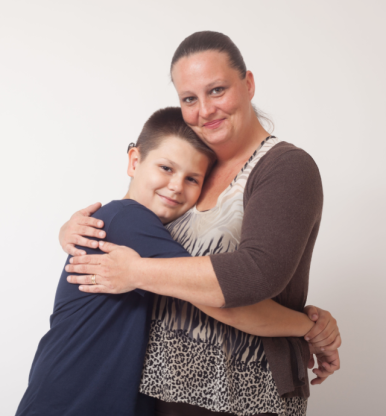
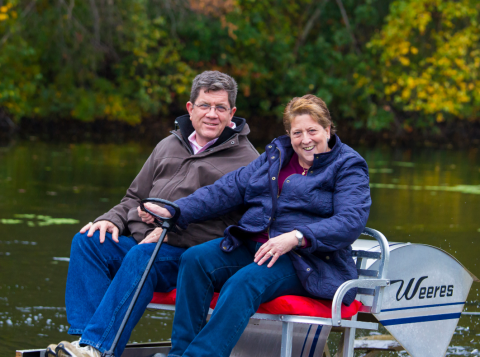


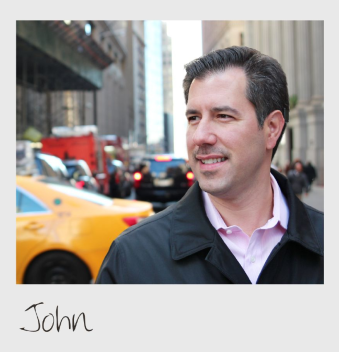
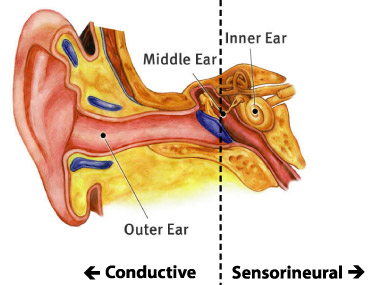

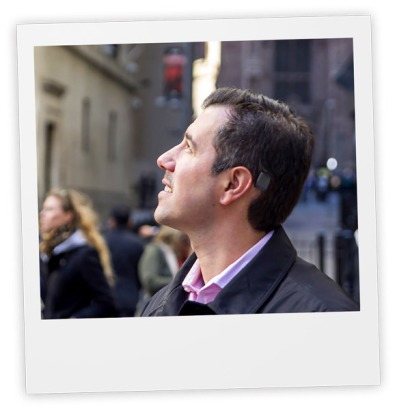
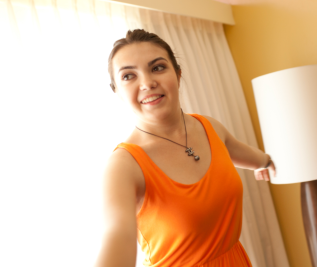
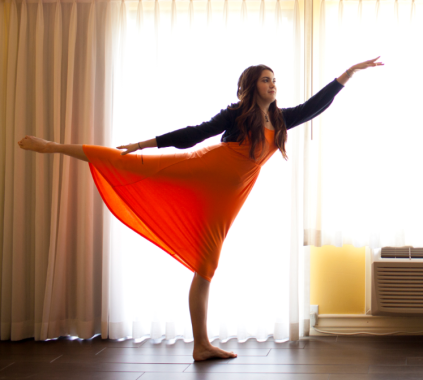

You must be logged in to post a comment.